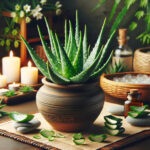Unveiling Aloe Albida
Let’s set off on a journey to the diverse terrains of Africa as we unravel the mysteries of the intriguing succulent, Aloe Albida. This speck of greenery is not just a decorative aloe; it’s a mesmerizing gem that stands out with its unique characteristics and distinct origin.
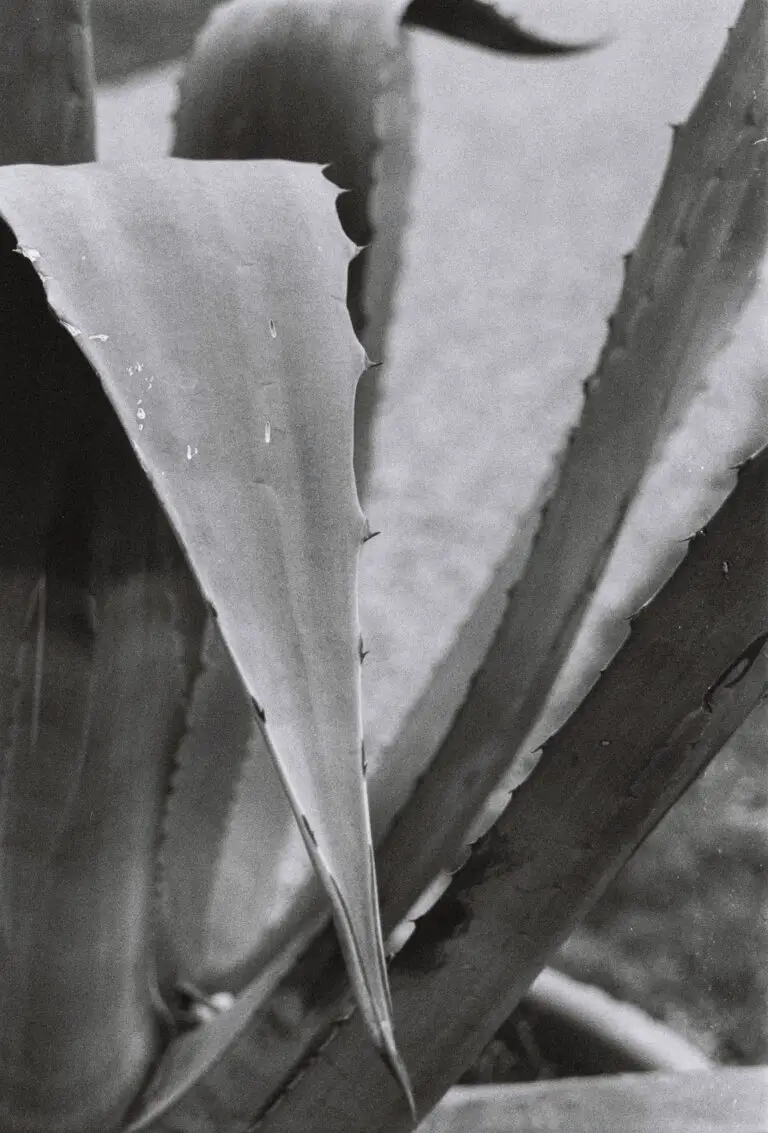
Aloe Albida, otherwise hailed as the ‘Fairy Tale Aloe’, is native to the high mountains and rocky slopes of Africa’s southern regions. Its nurturing ground bears testament to its strength and resilience. This succulent belongs to the Asphodelaceae family and is known for its innate beauty and purity.
A Walk Through the Landscape of Aloe Albida
The Aloe Albida plant has a unique visual appeal. It flaunts slender, grass-like leaves that arch gracefully towards the ground, creating an elegant rosette formation. During winter, this succulent erupts into a natural spectacle as it blooms with delicate white flowers emerging proudly from a tall stem – a true winter marvel set against the harsh mountainous backdrop.
Unique characteristics such as adaptability to its icy environment, minimal water requirement, and striking winter luminance make Aloe Albida a precious plant amongst succulent enthusiasts across the globe.
The Innate Resilience of Aloe Albida
The splendid Aloe Albida not only charms with its ethereal beauty but also awes with its resilience. Thriving in rocky terrains with minimal water, this plant has beautifully adapted to its tough living conditions. Life in the high altitude regions has bestowed upon Aloe Albida the incredible resilience to survive and even flourish amidst harsh climates.
Aloe Albida is indeed more than an ordinary succulent. The discovery and study of this plant continue to fascinate botanists and plant lovers alike. Next in our journey, we delve into its miraculous uses that extend beyond the gardens and into the realms of medicinal wonders.
Delving into The History of Aloe albida
When you think of the African flora, it’s likely that the African succulent called Aloe albida springs to mind. This distinctive plant, with its spiky leaves and unique shape, has a history as interesting and complex as its appearance would suggest.
Botanically, Aloe albida falls under the Asphodelaceae family. The species was first cataloged and named by French botanist Henri August Duval in 1809. However, its existence dates back thousands of years, engrained in African culture and tradition. 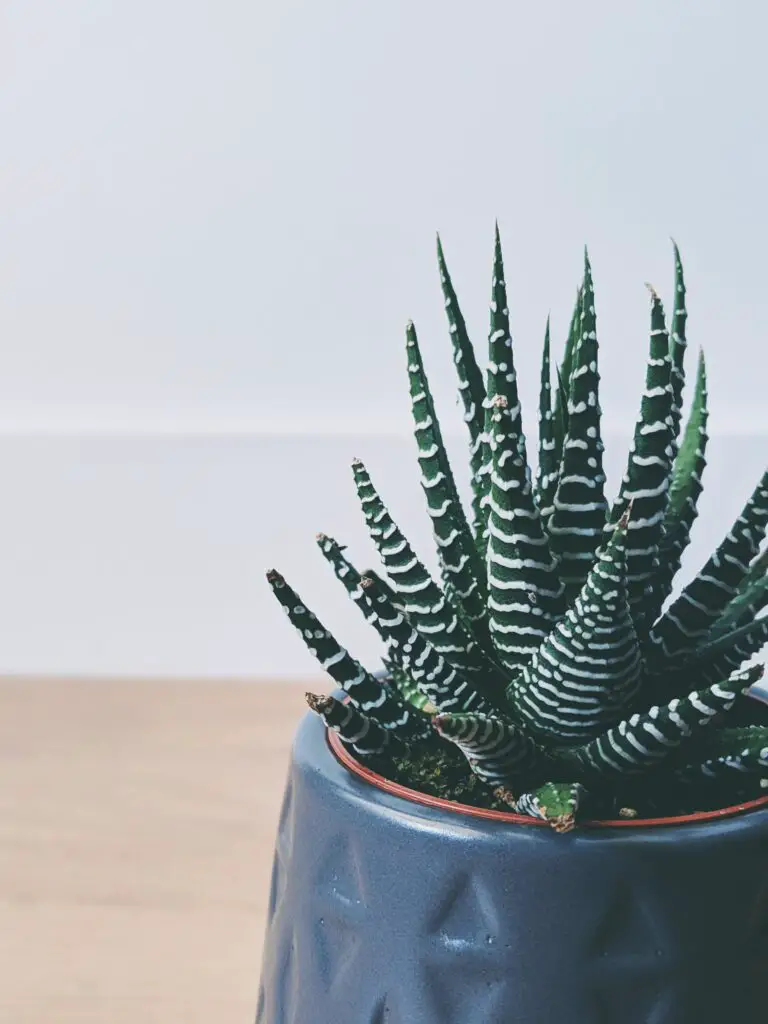
A Companion of African Tribes
The use of Aloe albida in traditional medicine is as old as humanity. Aboriginal tribes have used this healing plant for various purposes for centuries. Grounded in their wisdom and appreciation for nature, these tribes discovered the succulent’s healing properties and harnessed it to address health concerns.
In many tribal communities, Aloe albida became part of important rituals and ceremonies. These occasions were a testament to the admiration and respect held for this remarkable plant and its capabilities.
The Aloe albida in Traditional Medicine
The diversity of uses for Aloe albida in traditional medicine is astounding. This plant was a common ingredient in remedies for ailments ranging from minor burns and wounds to severe conditions like diabetes. The tribes believed that the leaves of the plant, when squeezed, can produce a potent liquid that possesses immense healing properties.
Modern Scientific Interest
The healing properties of Aloe albida aroused the interest of modern scientists and ignited a wave of research. Initial studies indicate that the plant contains ingredients like anthraquinones and glycosides, both of which have immense therapeutic potential. Therefore, Aloe albida may play a contributory role in medicine for future generations.
But this plunge into Aloe albida’s history is more than just uncovering its use in traditional medicine or acknowledgment by science. It’s about celebrating the mysterious plant that journeyed from remote African landscapes to capture the world’s imagination.
The Unique Botanical Features of Aloe Albida
Let’s unravel the mesmerizing Aloe albida, which hails from the diverse, sprawling savannahs of Africa. This succulent, often referred to as the Grass Aloe, is a sight to behold, with its unique characteristics, amazing adaptability, and the miraculous uses hidden in its radiant green leaves.
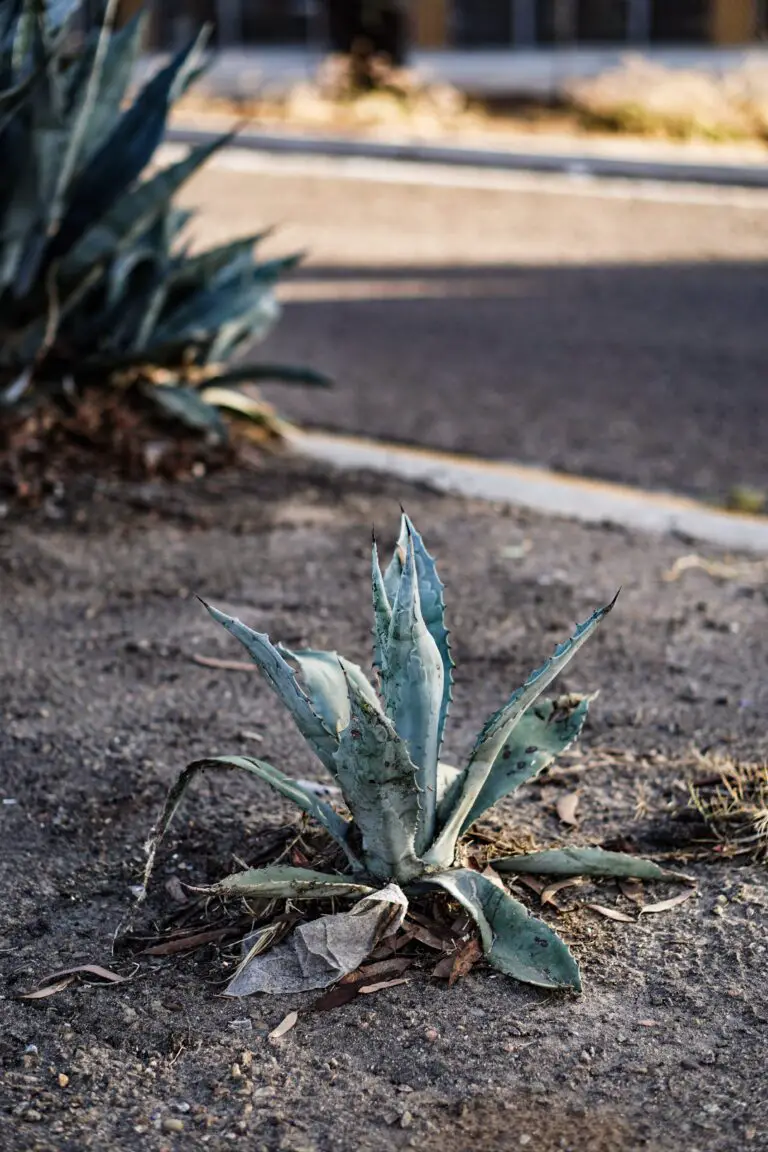
Physical Characteristics
Aloe albida isn’t your average succulent. The plant, although stemless, boasts a spread of dull green leaves that swirl into an intriguing rosette pattern. But it doesn’t stop there. The leaves of this botanical beauty are dotted with white spots — a characteristic trait seen in Aloe species. The edges of each leaf are subtly toothed, giving the plant a robust and wild appearance.
Blooming Marvel
What sets Aloe albida apart from many plant species is its striking white flowers. Can you imagine it? Rising majestically among the sharp green foliage, a tower of resplendent white flowers shooting up to the azure sky. The Aloe albida flowers usually make their grand appearance in the early fall, adding a touch of mystic allure to your garden landscape.
Nature’s Adaptations
Think about it. For a plant species to thrive in the harsh African terrain, it must be equipped with some remarkable survival tricks. True to this, Aloe albida possesses strong adaptability traits. Specifically, this succulent proliferates below the ground to form clumps, making it an ideal candidate for growing even in the driest terrains.
Botanical Lineage
Aloe albida falls under the Aloe genus, a large group of succulents famous for their medicinal and decorative uses. It’s bewildering, isn’t it, how nature creates such a wide array of species that share a common ground yet stand uniquely apart? Get to know more about the Aloe family and its interesting species.
Unmasking the Aloe albida reveals not just its physical allure, but also the miraculous story of survival and adaptation it carries within.
Aloe Albida’s Natural Habitat
When it comes to plants, habitat matters immensely. It’s in their natural environment that plants showcase their utmost potential and originality. Our plant of focus today, the Aloe Albida, is no different. This African succulent thrives in a very distinct natural habitat that is crucial in shaping its qualities and uses.
Let’s hop on an imaginary safari and traverse the African landscapes to understand where the Aloe Albida calls home.

The Aloe Albida originates from the high-altitude montane regions of South Africa, Zimbabwe, and Lesotho. Think of vast, rocky terrains glowing under the warm African sun, dotted with an array of wildlife and vegetation. This geographic setting has molded Aloe Albida’s unique growth patterns and survival tactics.
Preferred Climate and Environmental Conditions
The Aloe Albida prefers a specific set of climatic conditions. Being a montane succulent, it thrives in areas with a cool climate characterized by heavy winter rainfall and dry summer months. Such environmental conditions allow this plant to conserve water effectively and hence, survive periods of drought.
Equally important is the soil type. Aloe Albida is accustomed to well-draining soil, which is typical in its native rocky highland terrain. This explains the plant’s succulent nature, designed to store water and remain robust in well-draining soils.
Now that you have had a glimpse into the natural habitat of the Aloe Albida, you probably understand better why this plant exhibits such hardiness and resilience. Its survival in high altitudes under intense weather conditions is indeed a testament to its miraculous strength, preparing it for multiple uses as we’ll discover later in this article.
Cultivating and Caring for Your Aloe Albida
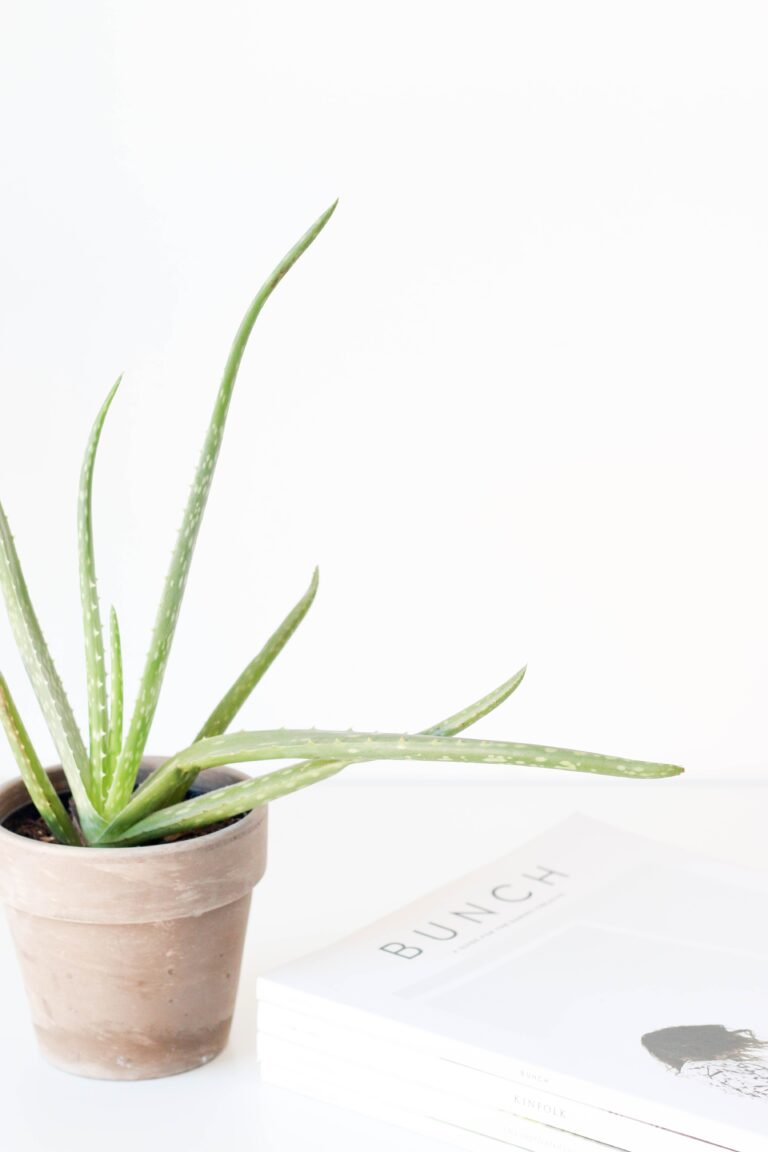
One of the more intriguing aspects of this evergreen perennials family is growing and tending on your own. The Aloe Albida, also known as the ‘White Aloe’ or the ‘Cliff Aloe,’ is a charming African succulent that you can cultivate right in your backyard or even as an indoor ornamental plant.
Requirements for Cultivation
The Aloe Albida, like any other succulent, has specific requirements. It needs well-drained soil and a sunny location. Make sure you place it in a spot that gets plenty of indirect sunlight. Too harsh an environment can lead to the leaves turning yellow and eventually to plant death. The Aloe Albida is a lot like your typical house cat; it enjoys the warmth but doesn’t want to be subjected to direct heavy light!
Dealing with Pests and Diseases
One common issue with Aloe Albida plants are pests, such as aphids and mealybugs. It’s like a blockbuster movie night for these critters, and your Aloe Albida is the popcorn! These pests are visible to the naked eye, so infestation can be detected and managed early. One can use a soft cloth dipped in a mild soap solution to gently clean the leaves.
Additionally, watch out for common diseases like root rot. Too much enthusiasm in watering can cause this, so remember that your Aloe Albida enjoys a good drink, but does not like to ‘swim.’ The solution? Only water your plant when the top of the soil is completely dry to touch.
Just like humans, sometimes, the Aloe Albida may experience stress. This often happens as a result of changing environment conditions such as temperature and light. The stress can manifest physically through browning of leaves. The solution? Limit changes in its environment, keep it cozy!
Step-by-Step Cultivation
Now that we know what to prepare for, let’s get started. Firstly, you will need to get a healthy Aloe Albida plant or seeds. If you choose to plant using seeds, place them in a sunny location and water them sparingly until they sprout. If you opted for a young plant, repot it to a slightly bigger pot with sufficient drainage.
The next step is to place the pot in an area with bright, indirect light. Remember to water your plant sparingly and only when the topsoil is dry to touch. Now it’s just a matter of patience and observations. Monitor the plant’s growth, check for pests or signs of disease, and take action if needed.
So there you have it: a nifty guide to cultivating your own Aloe Albida. With just a little effort and care, you can enjoy the beauty and benefits of this unique African succulent right in your space. Happy planting!
The Notable Health Benefits of Aloe Albida
Aloe Albida, a unique succulent hailing from the African continent, has caught the attention of health enthusiasts and researchers alike for its prominent medicinal properties. But what makes it stand out amongst its aloe siblings? Let’s delve into the myriad health benefits this remarkable plant has to offer.
First and foremost, Aloe Albida has gained considerable recognition in the sphere of both modern and traditional medicine for its potent skin care properties. Known for its uniquely prickly leaves and delightful blooms, this plant is more than just visually appealing. Below is a close-up of this exquisite African succulent.
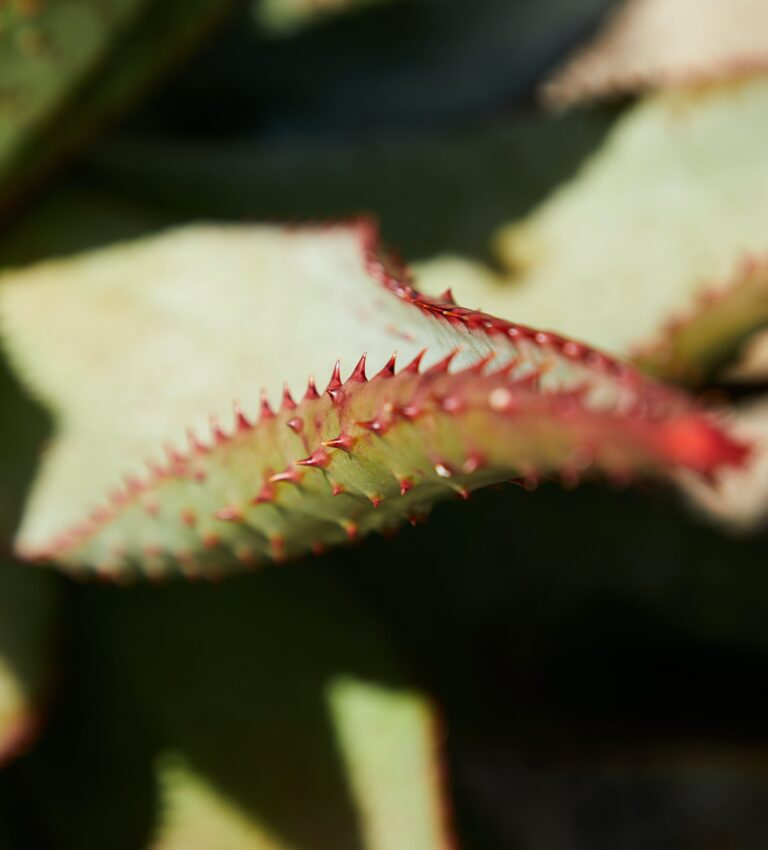
Plentiful in antioxidant-rich compounds, applying Aloe Albida extract to the skin can combat a plethora of common skin complications. The plant’s healing properties assist in alleviating sunburn, reducing inflammation, and even potentially slowing the progression of wrinkles. Imagine, a natural, side-effect-free way to stay fresh-faced and radiant – that’s Aloe Albida for you!
Moreover, it’s not just about skin deep benefits. This African wonder is also making waves in the field of internal health enhancement. From its potential to boost immune response, to its use in remedying digestive discomforts, Aloe Albida is proving to be a powerhouse of health benefits. Particularly noteworthy is its potential use in diabetes management. Traditional practices across various cultures highlight its ability to potentially aid in maintaining healthy blood sugar levels.
Whether it’s enhancing your skin health or bolstering your internal wellness, Aloe Albida seems to promise a solution. For a deeper dive into the remarkable health benefits of Aloe Albida, do check out this comprehensive study.
In a world where synthetic medicines dominate the health care market, it is refreshing and comforting to encounter natural alternatives like Aloe Albida. This African succulent is not just another pretty plant. Its impressive portfolio of health benefits testifies to its immense potential in naturally enhancing our overall well-being.
Different Uses of Aloe Albida
Aloe Albida may not be the first item that springs to mind when you think of a multi-use plant, but the diverse range of benefits delivered by this African succulent may astonish you.

Beauty Uses of Aloe Albida
The cosmetic industry’s adoration for Aloe Albida is well-founded. The clear gel found inside the succulent’s leaves is packed with enzymes, minerals, and amino acids that work wonders for skin health. Imagine applying aloe vera to your sunburn, but the cooling and rejuvenating effect is tenfold. That’s how potent Aloe Albida is! For instance, it can be utilized to treat dry skin and minor injuries. It’s not unusual to come across a range of beauty products, from facial moisturizers to lip balms, boasting this wonder plant as a key ingredient.
Aloe Albida in Nutrition
On the nutrition front, Aloe Albida is no less impressive. Its leaves are a source of a wide range of essential nutrients. Vitamins A, B, C, and E – all vital players in maintaining overall health – are found abundantly in this succulent. Moreover, it is packed with necessary minerals like potassium, magnesium, and calcium. Incorporate Aloe Albida in your meals, as some African communities do, and you may notice an improvement in your digestion and energy levels.
Health Benefits of Aloe Albida
Health practices across the world have long recognized and revered the therapeutic potential of Aloe Albida. Its antiviral and antibacterial properties are said to boost immunity. When ingested or applied topically, it can help manage several conditions, such as psoriasis, cold sores, and even more severe diseases like diabetes. This is due to the plants rich concentration of acemannan, a potent compound found in aloe plants that has shown promising results in glucose control. Additionally, the plant’s salicylic acid tackles inflammation, acting as a natural painkiller.
Awareness and understanding of this marvelous plant continue to grow. And, as more research is done, we can expect to discover even more benefits of the amazing Aloe Albida.
Comparing Aloe Albida with Other Aloe Species
If you’ve ever delved into the captivating world of succulents, you must certainly have come across some renowned Aloe species. Among these, you’ll find the unique charms of Aloe albida. Now, you may wonder, what sets Aloe albida apart from its family members? Come with me on this journey as we contrast and compare Aloe albida with its relative Aloe species.
First things first, let’s talk about appearances. The aesthetic allure of Aloe albida is remarkable. Known for its diminutive size and mesmerizing white flowers, it’s a hypnotizing contrast to the striking green demonstrated by most Aloe plants. This is particularly noteworthy when lined up next to larger varieties such as the classic Aloe vera or the imposing Aloe ferox. It is as if nature forgot to switch on the color in Aloe albida, leaving it with a tranquil, gorgeous white.
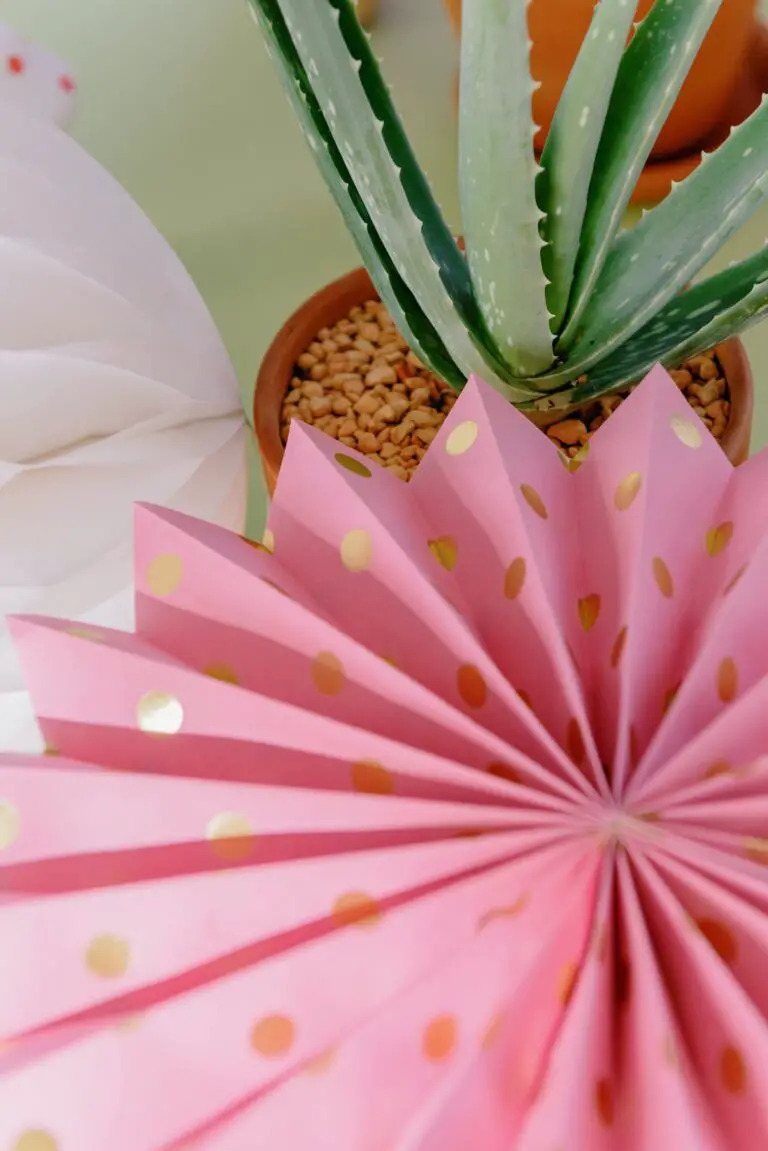
Not only is Aloe albida distinguishable by its color, but also by its size. Larger Aloe plants often grow to be quite sizeable, ranging from 60 centimeters to a right-scaled two meters! They are typically more substantial, with broad leaves making a bold statement. On the other hand, our Aloe albida is a petite beauty. A tiny wonder of the succulent world, it often stretches only 20 centimeters up!
cultural and climatic differences
While most Aloe species are adaptable to different climates, Aloe albida is a bit of a delicate darling. Hailing from the rocky terrains of Southern Africa, this little gem prefers nippy conditions and isn’t too happy in hot, desert-like environments that its cousins may tolerate or even prefer.
Aloe albida’s magical properties are also worth mentioning. Just as its Aloe siblings, it’s known for its healing properties. Its sap is often used to soothe various skin conditions, making it not just a pretty face, but also a medicinal marvel.
From its gorgeous white blossoms to its coziness in cold environments, it is clear that Aloe albida is distinct from its Aloe brothers and sisters in multiple compelling ways. Despite these differences, it’s the diversity within the Aloe family that adds to its overall fascination, making it a captivating subject of study, and an essential addition to any succulent collection.
Debunking Aloe Albida Myths
You’ve probably heard of Aloe Vera, that magical plant that seems to be a cure for practically everything, right? But let’s introduce a lesser-known cousin, Aloe Albida. Despite being thrown under the shade by its more popular relative, this African succulent is nothing short of a miracle worker itself!
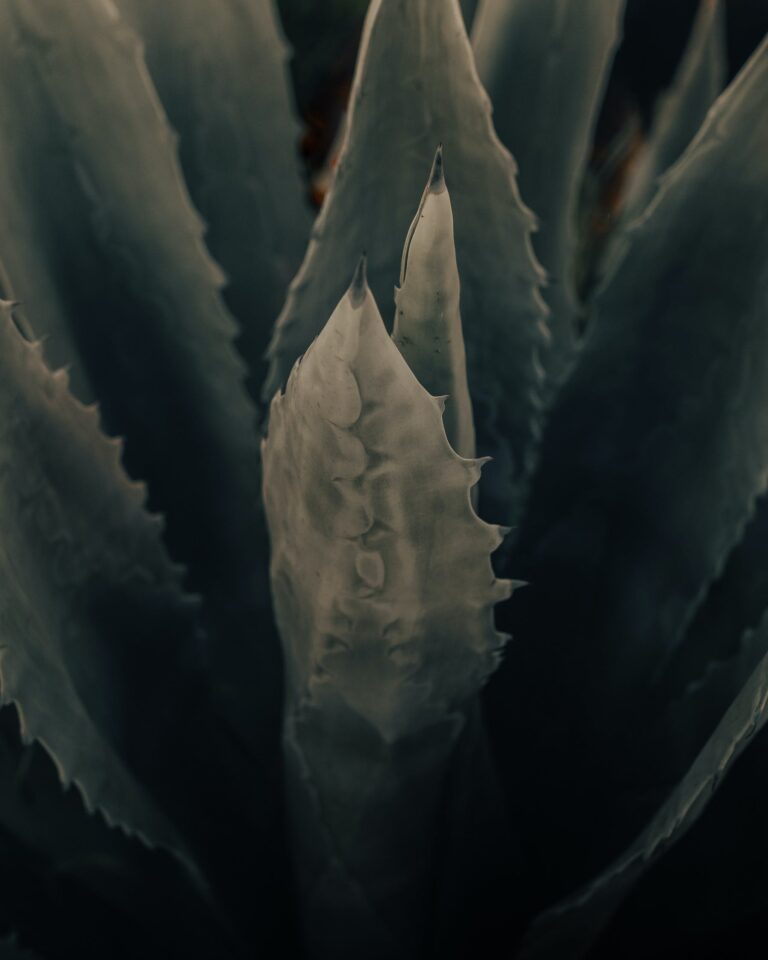
But, like most things that aren’t mainstream, Aloe Albida has its share of misconceptions. And we’re here to debunk them. Bear with us in this enlightening journey of cognizance!
Myth 1: Aloe Albida is Difficult to Grow and Care For
Contrary to popular belief, Aloe Albida is not a high-maintenance diva. Given proper conditions, which mimic its natural arid habitat in Africa, this plant is quite easy to care for. A little sun, a little water (okay, not so much water), and voila, your Aloe Albida is happy!
Myth 2: Aloe Albida has no Health Benefits
While Aloe Vera is the poster child for health and wellness in the plant world, Aloe Albida is no less advantageous. Traditionally, it has been used for its anti-inflammatory, antioxidant, and antibacterial properties. It’s an old-school remedy for several skin conditions, sound familiar?
Myth 3: Aloe Albida is Just Another Aloe Plant
This is as far from truth as it gets! A unique characteristic that sets Aloe Albida apart from many of its Aloe brethren is its willingness to bloom in winter, having beautiful snowy white flowers, thus its name albida meaning ‘whitened’ in Latin. So, a winter bloom in your garden? Aloe Albida has got you covered!
Alright, we hope that shed some light on the often misunderstood Aloe Albida. So the next time you hear any of these myths, you know what to say!
FAQ about Aloe Albida
Aloe Albida, a succulent native to the arid regions of Africa, is a fascinating plant that has captured the hearts of many plant collectors and enthusiasts. This section aims to address some of the frequently asked questions about its cultivation, care, and uses.
How do I grow Aloe Albida?
Aloe Albida is best grown in loamy soil that drains well and is exposed to plenty of sunlight. It’s a versatile plant that can handle a variety of light conditions, but it thrives best with lots of bright light. When watering, do so sparingly and always make sure to let the soil dry out completely between waterings.
What are the medicinal properties of Aloe Albida?
Aloe Albida, like many other species of Aloe, is known for its medicinal properties. For example, the gel inside the leaves can be applied topically to help soothe skin irritations and burns. Some cultures even chew on the leaves as a remedy for indigestion.

Can Aloe Albida be used in cooking?
While Aloe Albida isn’t traditionally consumed in meals like Aloe Vera, the leaves can still be used to create a range of homemade products. For instance, the gel can be used to make a soothing tea or blended into smoothies.
How do I care for my Aloe Albida?
Caring for your Aloe Albida is quite straightforward. This hardy succulent prefers well-draining soil and requires very little watering. It’s capable of thriving in a variety of light conditions, making it a great plant for beginners and a delightful addition to any succulent collection.
So there you have it, a brief FAQ addressing some of your Aloe Albida queries. Whether you’re an avid succulent collector, a novice plant parent or someone who is intrigued by the world of plants and their uses, Aloe Albida is worth exploring further.
